
Panasonic’s latest mirrorless camera, the Lumix G9 II, is bringing new innovations to the Micro Four Thirds system. In this review, we’ll take a detailed look at the G9 II’s key features, performance, and real-world usage experience.
📷 Product Specifications
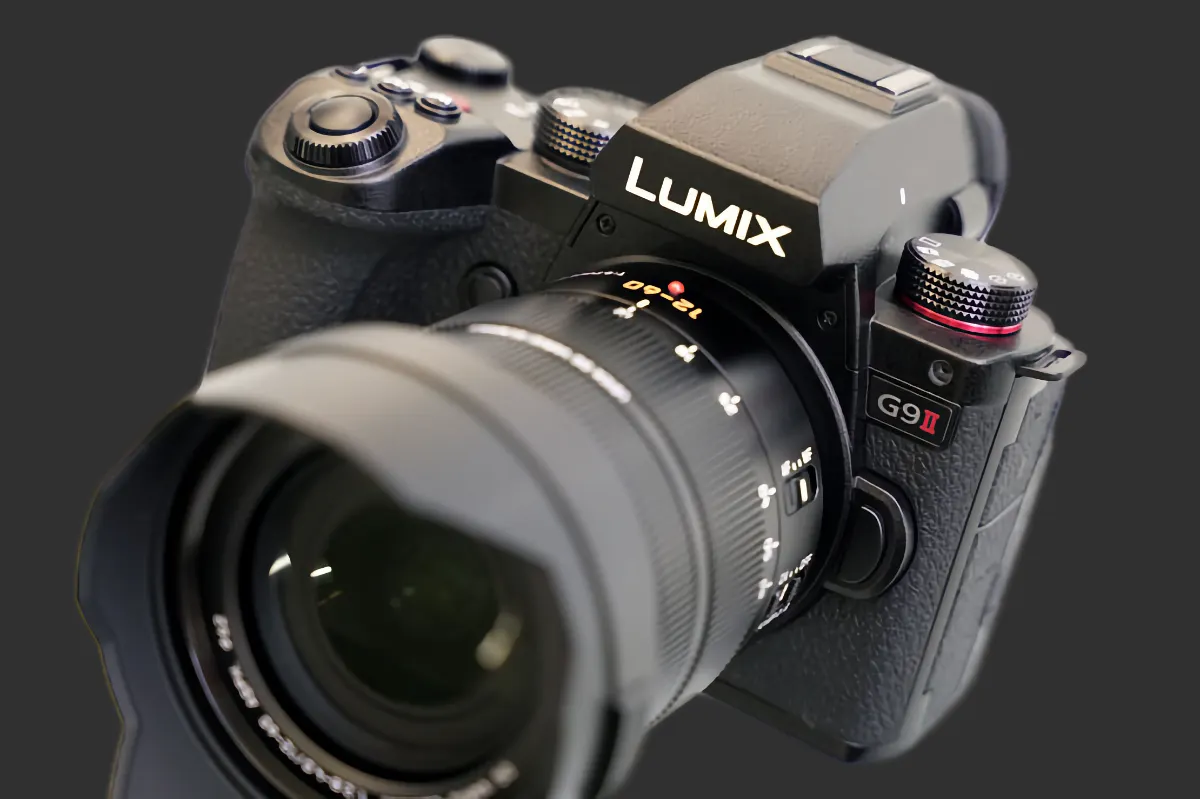
| Feature | Specification |
|---|---|
| Sensor | 20.3MP Live MOS Sensor (Micro Four Thirds) |
| Processor | Venus Engine |
| AF System | 1053-point Phase-detect AF + DFD |
| Continuous Shooting | Up to 60fps (electronic shutter), 10fps (mechanical shutter) |
| Video | 5.7K/60p, 4K/120p, FHD/240p |
| IBIS | 8-stop compensation (Dual I.S. 2 support) |
| EVF | 3,680K dot OLED (0.8x magnification) |
| Monitor | 3.0-inch 1,840K dot touch LCD |
| Storage Media | Dual SD card slots (UHS-II support) |
| Connectivity | Wi-Fi (2.4/5GHz), Bluetooth 5.0, USB 3.2 Type-C |
| Battery | DMW-BLK22 (approx. 400 shots) |
| Dimensions | 134.3 x 102.3 x 90.1 mm |
| Weight | Approx. 658g (including battery/SD card) |
🚀 Revolutionary AF System

The most significant feature of the Panasonic Lumix G9 II is its phase-detect AF system, a first for the Micro Four Thirds system. It offers 1053 AF points and combines with the existing DFD (Depth From Defocus) technology to provide fast and accurate focusing performance.
AI-Based Subject Recognition
The G9 II incorporates AI-based subject recognition. This allows automatic recognition and tracking of various subjects including people, animals (dogs, cats, birds), cars, and motorcycles.
Improved Low-Light AF Performance
The new AF system excels in low-light environments. It supports low-light AF down to -4EV, enabling accurate focusing even in dark conditions.
📹 Professional Video Features

The G9 II offers a range of features for high-quality video production.
High-Resolution Video Recording
- Supports 5.7K 60p / 4K 120p video recording
- 10-bit 4:2:2 internal recording
- V-Log L profile included as standard
Professional Recording Options
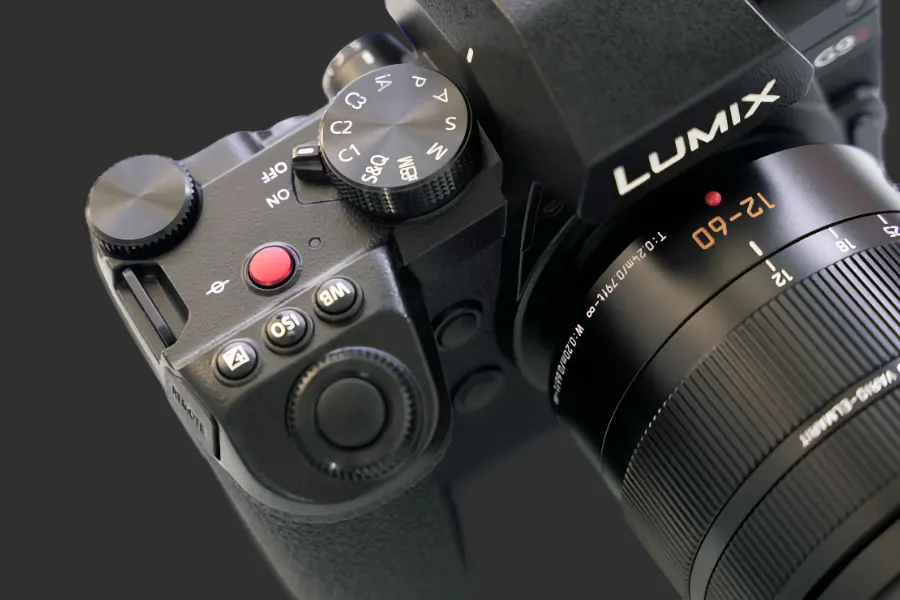
- Supports Apple ProRes 422 HQ / 422 / 422 LT codecs
- Direct recording to external SSD
- Real-time LUT application available
🌟 Outstanding Still Photography Performance

The Panasonic Lumix G9 II excels not only in video but also in still photography.
High-Speed Continuous Shooting
- Up to 60fps continuous shooting with electronic shutter
- Up to 10fps continuous shooting with mechanical shutter
- Pre-capture function for capturing decisive moments
High-Resolution Mode
Supports 100MP high-resolution mode for more detailed image capture. It can generate 50MP images handheld without a tripod.
🔧 Powerful In-Body Image Stabilization (IBIS)

The Panasonic Lumix G9 II offers powerful 8-stop in-body image stabilization. This is an improvement over previous models, allowing for sharp images even at slow shutter speeds.
Dual I.S. 2 Support
When using compatible lenses, it supports Dual I.S. 2, where the lens OIS and body IBIS work simultaneously. This can provide up to 8 stops of shake correction.
💻 Enhanced User Experience
The G9 II offers various features considering user convenience.
Improved EVF and LCD
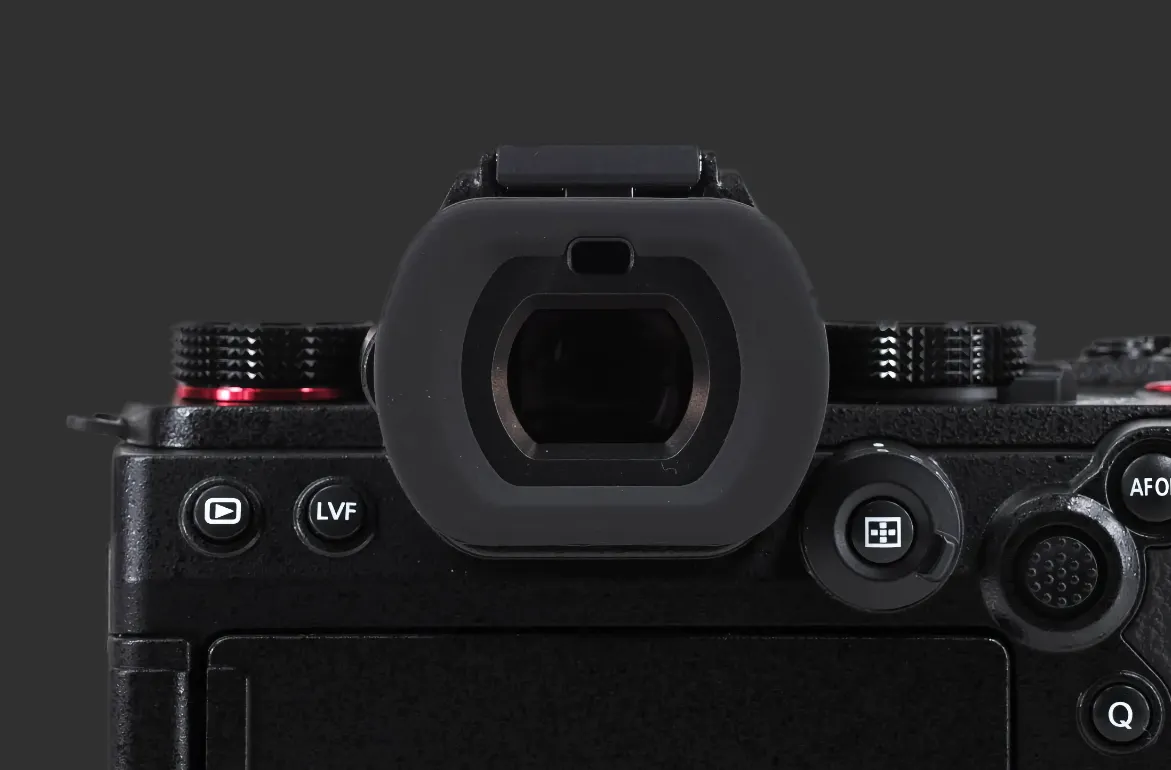
- 3,680K dot high-resolution OLED EVF (0.8x magnification)
- 3.0-inch 1,840K dot fully articulating touch LCD
Dual SD Card Slots
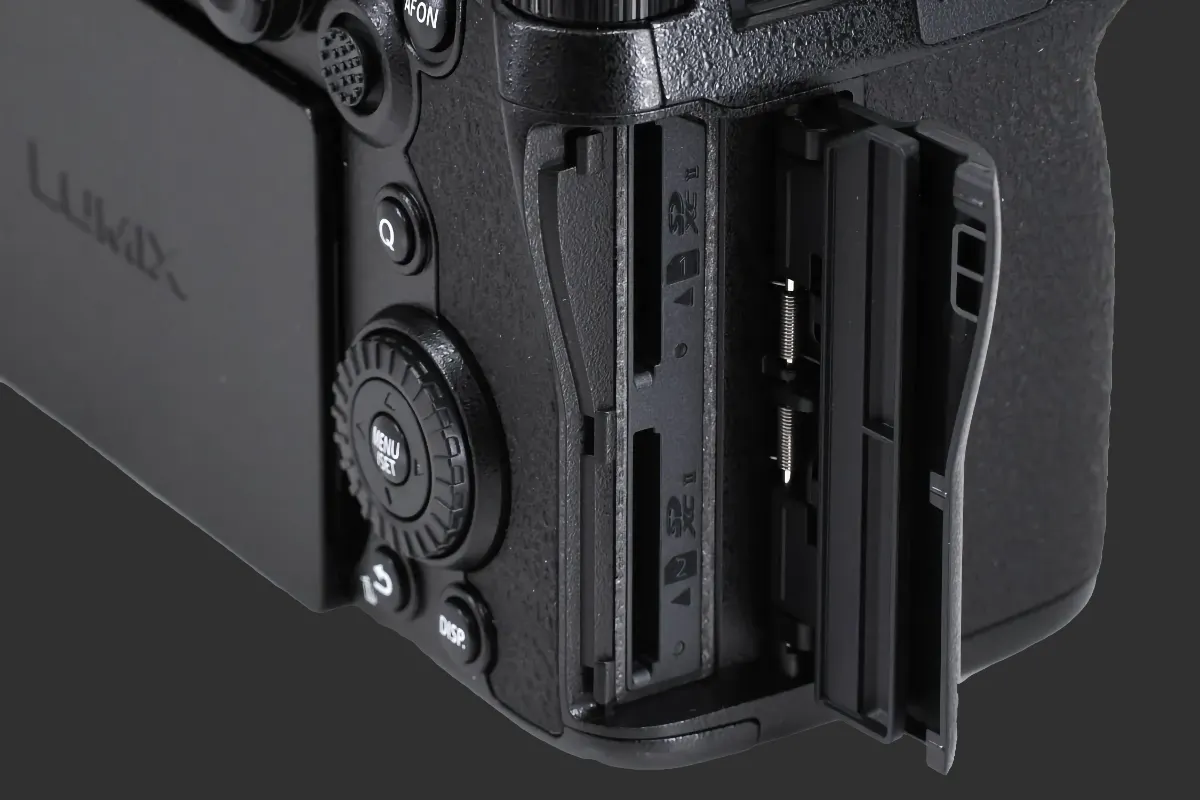
Provides dual SD card slots supporting UHS-II for data backup and large capacity storage.
Enhanced Connectivity
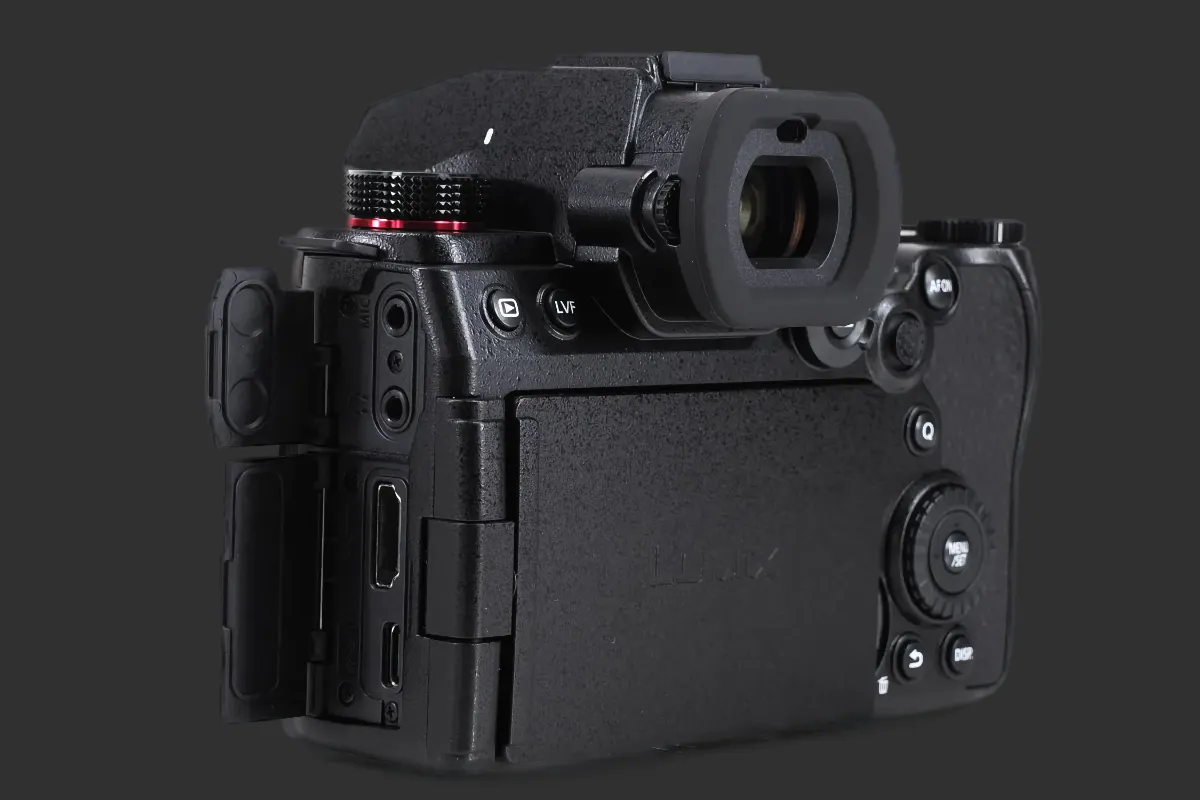
- Supports high-speed Wi-Fi (2.4GHz/5GHz) and Bluetooth 5.0
- USB 3.2 Type-C port for high-speed data transfer and power delivery
🤔 Comparison with Competitors
The main competitors of the Panasonic Lumix G9 II include the OM System OM-1, Fujifilm X-H2, and Sony A7M4. Let’s compare each product.
vs. OM System OM-1
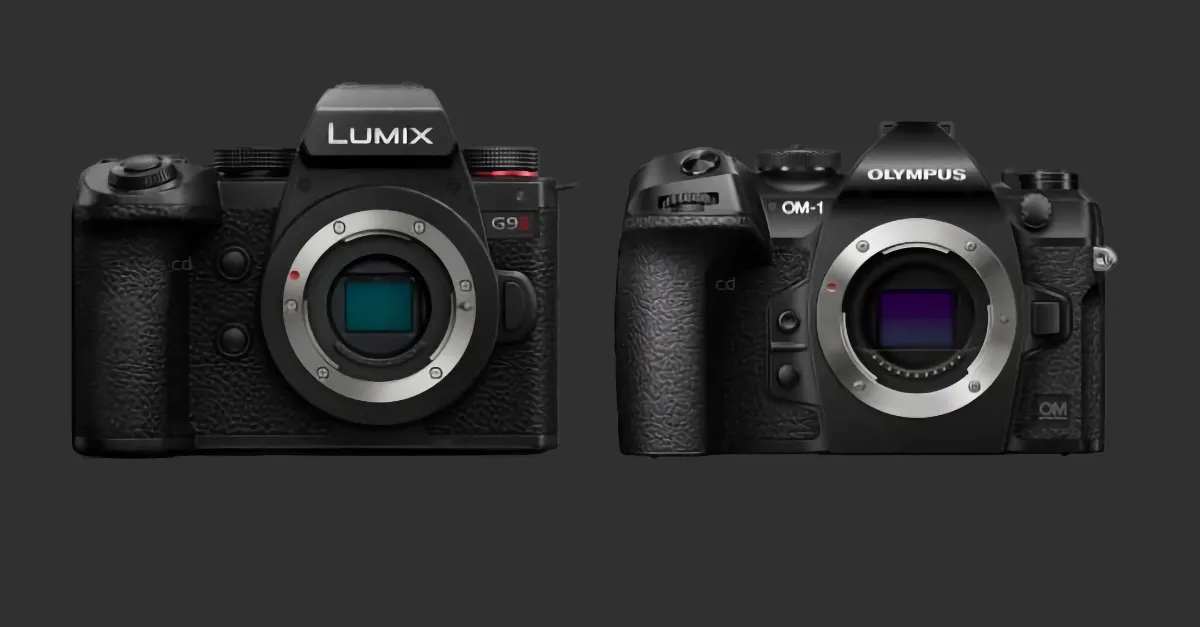
The OM-1 is also a flagship model using a Micro Four Thirds sensor.
- AF System: G9 II has an advantage with phase-detect AF
- Video Performance: Both offer excellent performance, G9 II slightly ahead
- IBIS: OM-1’s 7-stop vs G9 II’s 8-stop, G9 II has the advantage
- Burst Speed: OM-1 is faster with up to 120fps
vs. Fujifilm X-H2
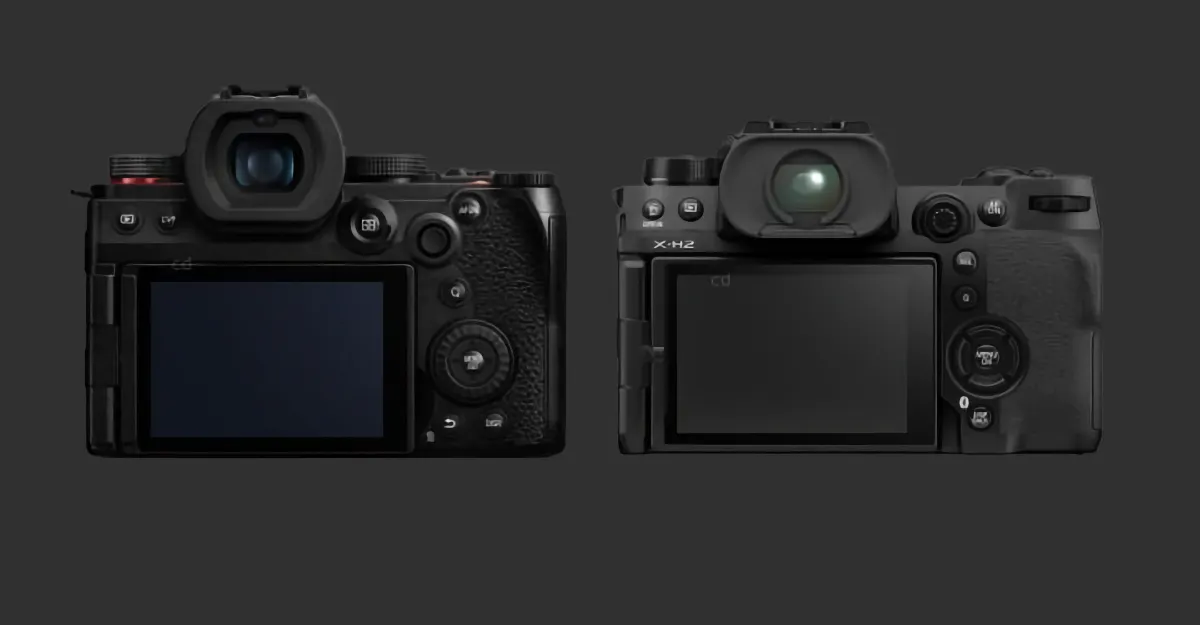
The X-H2 is a high-end model using an APS-C sensor.
- Resolution: X-H2’s 40MP vs G9 II’s 20MP, X-H2 has the advantage
- Video: Both support 8K recording, similar level
- AF Performance: Both offer excellent performance, similar level
- Size/Weight: G9 II is smaller and lighter
vs. Sony A7 IV
The A7M4 is a mid-range model using a full-frame sensor.
- Sensor Size: A7 IV’s full-frame vs G9 II’s Micro Four Thirds
- Low-Light Performance: A7 IV has the advantage
- Video Features: G9 II offers more diverse options
- Portability: G9 II is smaller and lighter
📊 Pros and Cons Analysis

Pros
- Innovative phase-detect AF system
- Excellent video performance (5.7K 60p, 4K 120p)
- Powerful 8-stop IBIS
- 100MP high-resolution mode
- Compact size and light weight
- Wide range of Micro Four Thirds lenses available
Cons
- Limitations of Micro Four Thirds sensor (low-light performance, dynamic range)
- High price
- Relatively short battery life
- Potential for overheating in some functions
🎯 Recommended Users
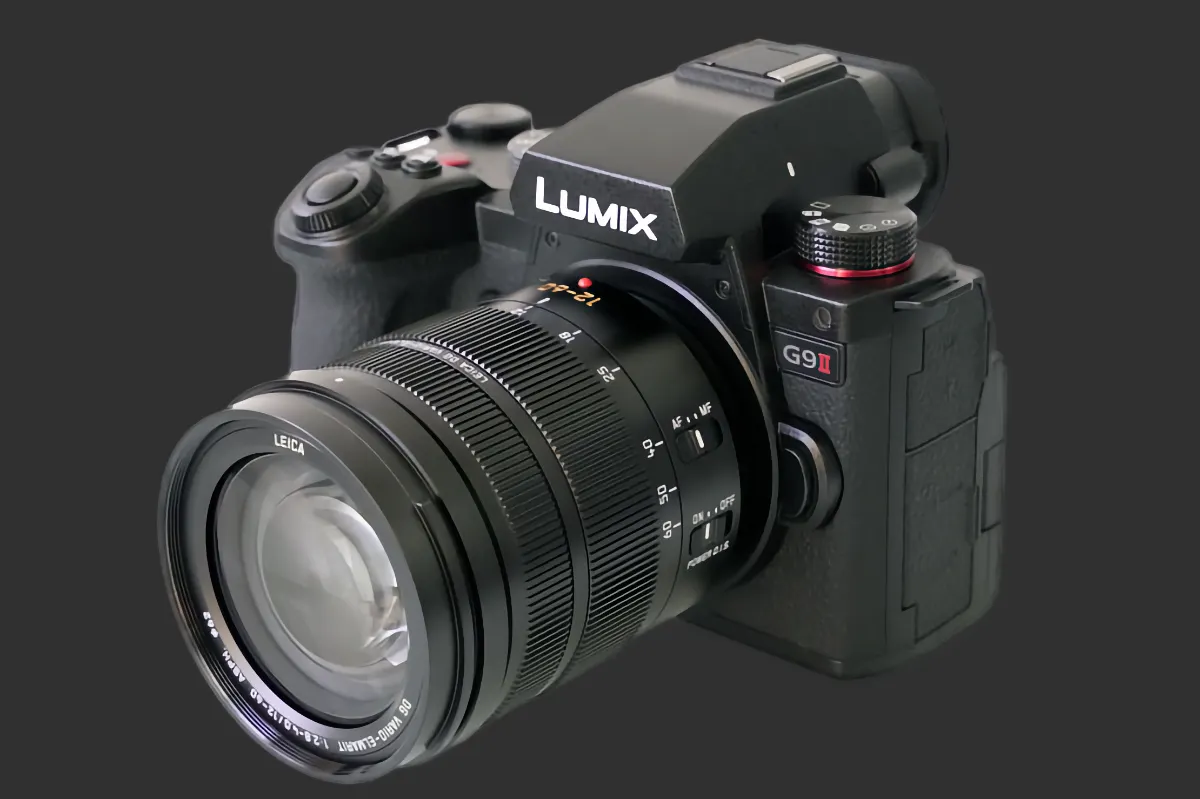
The Lumix G9 II is suitable for:
- Travel and landscape photographers who want a lightweight system
- Hybrid shooters who capture both high-quality video and photos
- Action photographers needing fast AF and burst performance for sports or wildlife
- Users who want to utilize various Micro Four Thirds lenses
- Videographers seeking professional video production capabilities
📸 Hands-On Experience
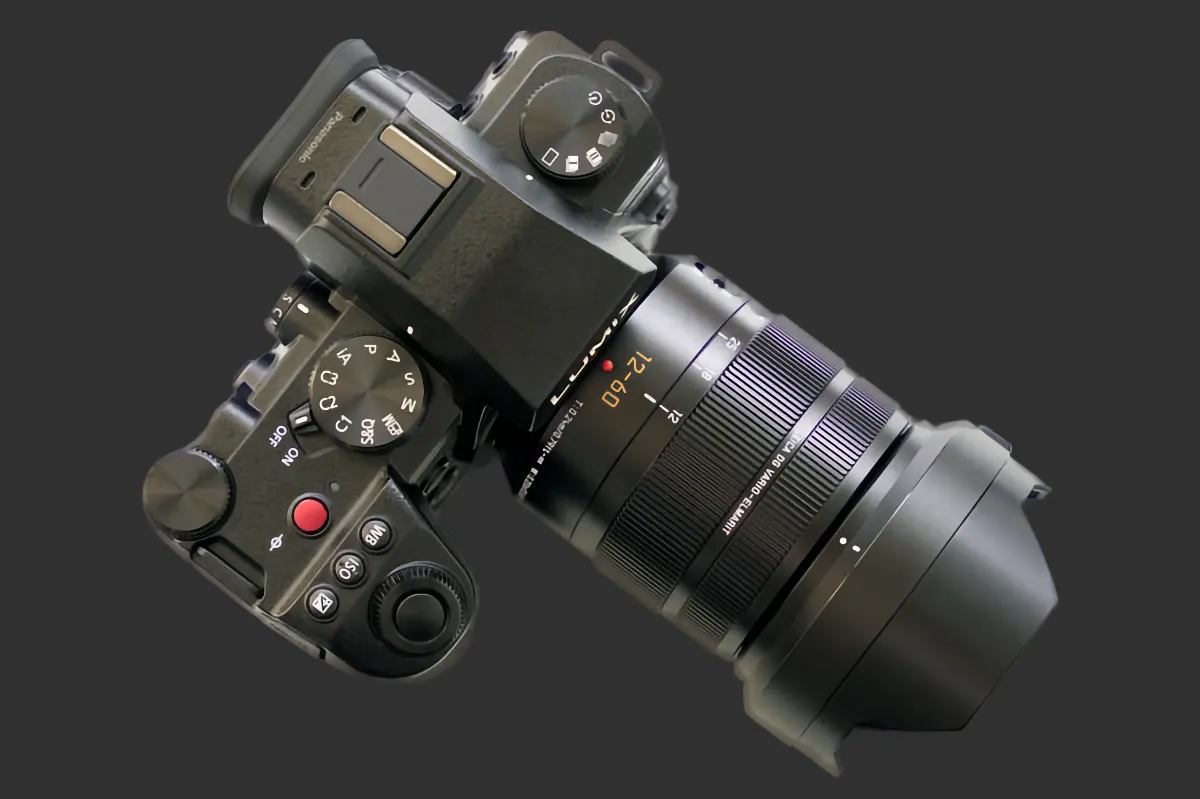
After using the G9 II in real-world scenarios, several notable points emerged.
AF Performance Test
The AF performance was tested in various situations. Eye detection was very accurate for portrait shooting, and the ability to track moving subjects was impressive. The animal and vehicle recognition modes were particularly practical and accurate.
For example, when shooting a person cycling in the city, it simultaneously recognized the bicycle and the person, tracking them stably. It was also impressive how quickly it focused and tracked a dog running in the park.
Video Shooting Experience
Shooting landscape in 4K 60p resulted in excellent detail and color rendition. Footage shot using the V-Log L profile allowed for wide adjustments in post-processing. Videos shot in 5.7K 30p produced very sharp results when downscaled to 4K.
During indoor interview shooting, the low-light AF performance and IBIS effect were noticeable. It focused accurately with minimal light, and stable footage could be obtained even when shooting handheld.
IBIS Effect Test
To verify the effect of the 8-stop IBIS, tests were conducted at various shutter speeds. With a 35mm equivalent 50mm lens, sharp photos could be obtained even at 1/4 second. IBIS also worked effectively with telephoto lenses, allowing stable shooting at 1/30 second with a 100-400mm lens.
Utilizing 100MP High-Resolution Mode
The 100MP high-resolution mode was tested for landscape photography. When using a tripod, images with amazing detail could be obtained. Each leaf and rock texture was clearly rendered. The handheld 50MP mode was also sufficiently practical, producing good results even with slight hand shake.
🔍 Detailed Feature Analysis
Impact of the New Processor
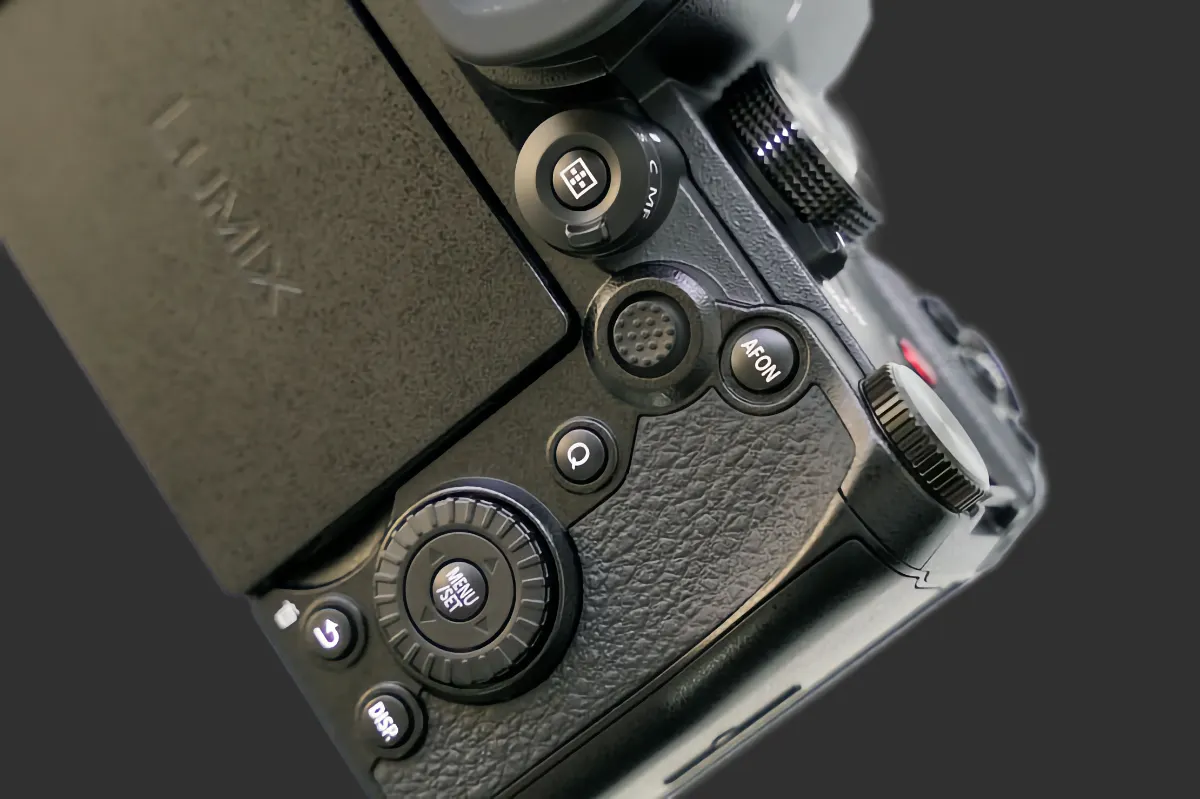
The new Venus Engine processor in the G9 II significantly contributes to overall performance improvements.
- Faster image processing speed
- Enhanced noise reduction algorithm
- AI-based scene recognition and optimization
These improvements resulted in cleaner images even at high ISO sensitivities, and the quality of JPEG output was also enhanced.
Customizable Features
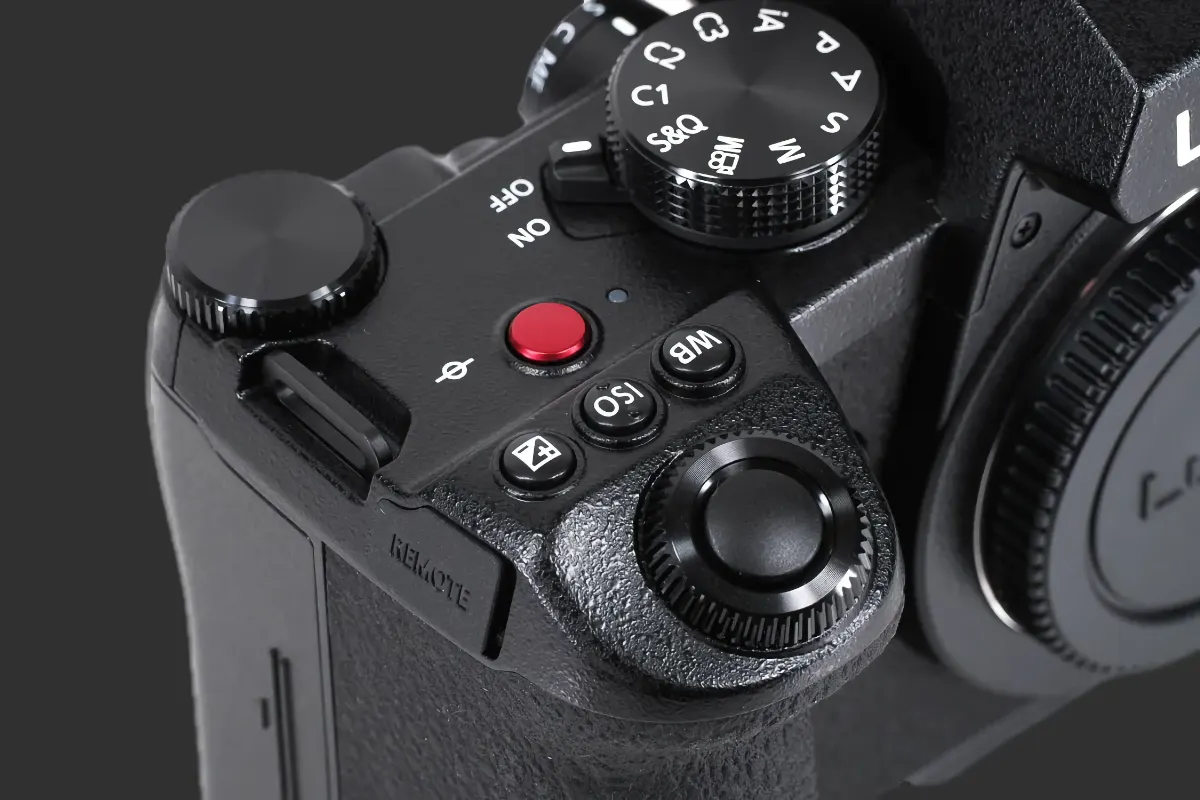
The G9 II offers various customization options.
- Three custom modes (C1, C2, C3)
- Quick setting changes via function lever
- 11 custom buttons
These allow for optimizing the camera to individual shooting styles.
💡 Firmware Update Potential
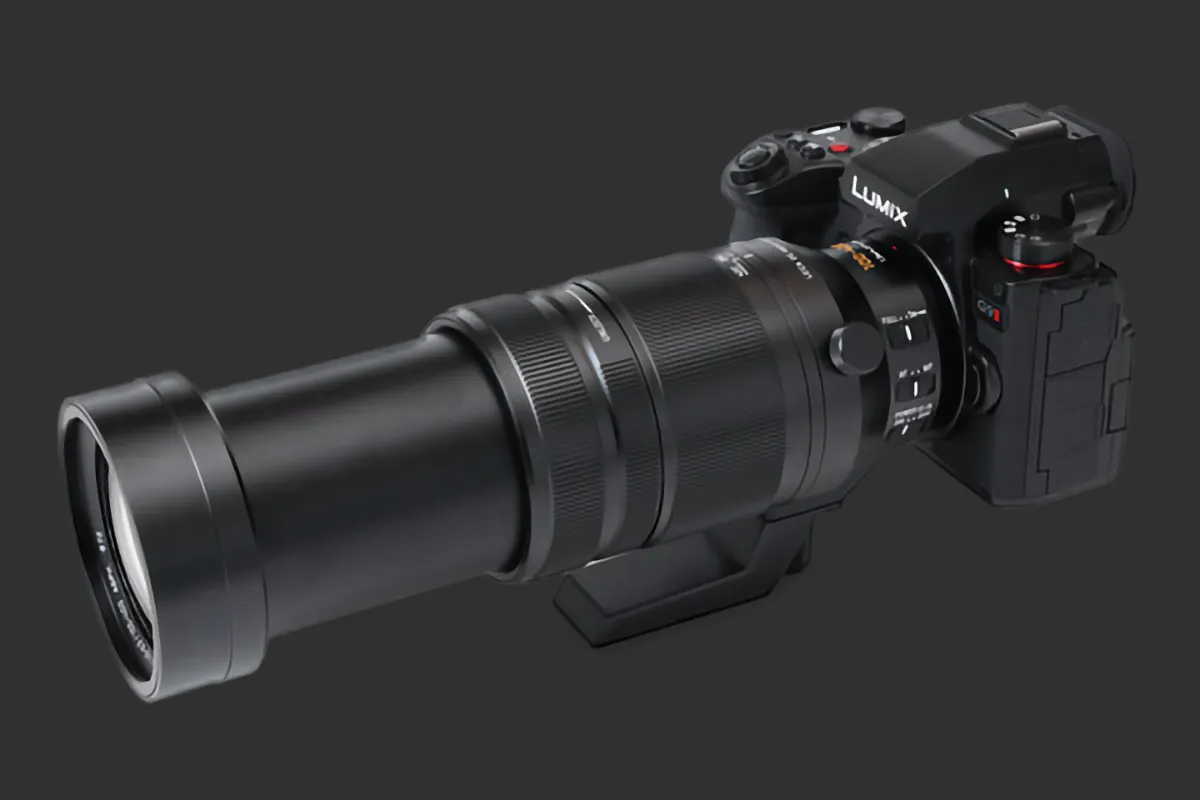
Panasonic is known for improving functionality through continuous firmware updates. The following updates are expected for the G9 II in the future:
- Further AF performance improvements
- Support for new video codecs
- User interface improvements
- Additional customization options
These updates are expected to further enhance the lifespan and value of the G9 II.
🏁 Conclusion
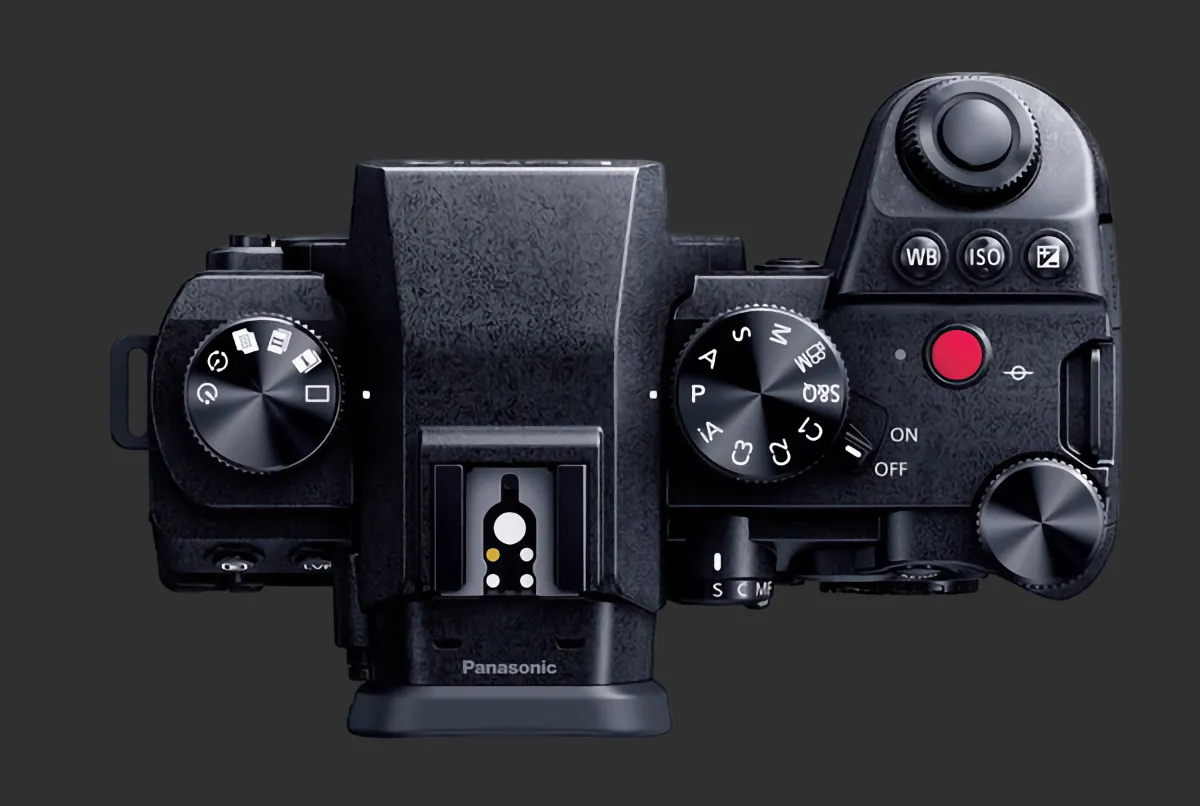
The Panasonic Lumix G9 II is an innovative camera that sets a new standard for the Micro Four Thirds system. It boasts excellent AF performance, high-quality video features, and powerful IBIS. While there are some limitations due to the physical constraints of the Micro Four Thirds sensor, its portability and versatile functionality make it an attractive choice.
We recommend the G9 II to professional photographers and videographers, as well as passionate amateurs looking for a high-performance hybrid camera. Especially for existing Micro Four Thirds system users, the G9 II would be an excellent upgrade option.
In conclusion, the Lumix G9 II deserves high marks for its outstanding performance and innovative features. This camera, which maximizes the advantages of the Micro Four Thirds system while actively adopting the latest technology, is expected to have a significant impact on the future camera market.






